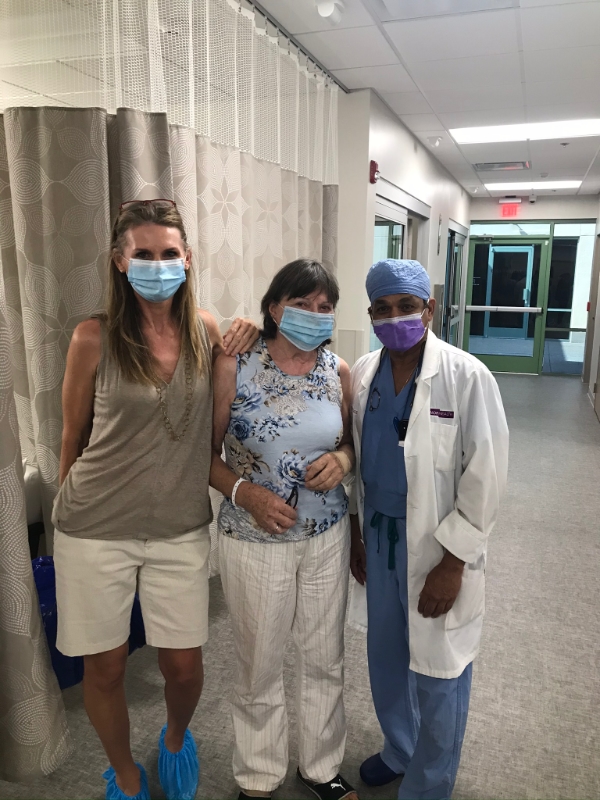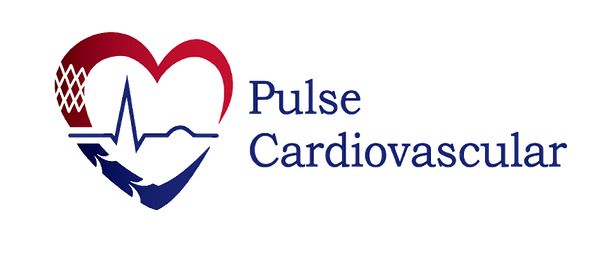Non-healing Wounds
There are more than 2 million people in the United States suffering from leg ulcers or non-healing wounds. When no treatment is received for diseases that may seem trivial such as varicose veins or painful heavy legs eventually these trivial symptoms manifest as severe complications and lead to non-healing wounds.
Arterial wounds
Often on the outer side of the ankle, feet, heels, or toes. These are very painful and often have a “punched out” appearance.
Red, yellow, or black sores
- Deep wound
- Non-bleeding
- Cool or cold area around wound due to the lack of blood flow to the area
- Tight-hairless skin
Venous wounds
- Inflammation
- Swelling
- Varicose Veins
- Aching
- Scabbing
- Itching
- Brown or black stained skin
- Discharge

Risk Factors
- Obesity or being overweight
- Diabetes
- High Cholesterol
- High Blood pressure
- Smoking
- History of venous or arterial disease
- Age older than 60
Symptoms
Conditions such as arterial disease, Venous insufficiency, deep venous disease, and critical limb ischemia due to the reduced blood flow to the extremities can cause wounds to heal slowly.
- Thick and hard skin
- Change in color of skin
- Swelling and redness


Causes
Most leg ulcers and peripheral wounds are due to a lack of blood supply to the affected area as a result of venous or arterial disease. The backup of blood and fluid, due to the inefficient ability of the venous system to carry the blood supply and fluids back up to the heart for redistributions, creates increased pressure on the vein walls and can lead to non-healing wounds.
Treatment
Vascular Surgeons will generally take the most conservative treatment option available to treat their patients to see if they can achieve wound healing at the least discomfort to the patient. When conservative treatments such as medication (antibiotics) and other methods are non successful the doctors will move to more aggressive management.
Generally venous wounds/ulcers take a long time to heal. In the case that they do not heal the treatment will be focused on improving the blood flow to the affected area. Your doctor may first recommend antibiotics to prevent further infection. Other treatments your surgeon may recommend are:
• Properly cleaning and bandaging the wound
• Compression therapy – stocking or bandage
• Leg elevation
• Radio Frequency Ablation- Your doctor may perform this procedure to reduce the build up of blood in certain areas allowing your body to make alternative healthier pathways to route the blood to the affected areas.
Your treatment for arterial wounds after conservative management has failed may include:
Angioplasty: to balloon and possibly stent the blocked artery to improve the flow of blood to the area with the hope that this will improve symptoms.
Amputation: If blood flow cannot be restored or if the wound is heavily infected your doctor may recommend that the affected limb be amputated to save the rest of your body from infection.
